

 store & opening hours
store & opening hours
 books in stock
books in stock
 anthroposophy
anthroposophy
 architecture
architecture
 art
art
 art - sculpture art
art - sculpture art
 art - 20th century
art - 20th century
 art - 20th century after 1945
art - 20th century after 1945
 art - 20th century until 1945
art - 20th century until 1945
 art - art brut
art - art brut
 art - art history 19th century
art - art history 19th century
 art - art history ancient world
art - art history ancient world
 art - art history baroque
art - art history baroque
 art - art history gothic
art - art history gothic
 art - art history renaissance
art - art history renaissance
 art - art history romanesque
art - art history romanesque
 art - art history until 1900
art - art history until 1900
 art - artist's books
art - artist's books
 art - catalogs raisonnés
art - catalogs raisonnés
 art - dadaism
art - dadaism
 art - education in arts
art - education in arts
 art - exhibitions collections
art - exhibitions collections
 art - expressionism
art - expressionism
 art - folk art
art - folk art
 art - general
art - general
 art - graphic design
art - graphic design
 art - konkrete kunst
art - konkrete kunst
 art - max bill
art - max bill
 art - monographs
art - monographs
 art - non-european
art - non-european
 art - proletarian art
art - proletarian art
 art - surrealism
art - surrealism
 art - techniques
art - techniques
 art - theory
art - theory
 art - theory of colors
art - theory of colors
 art and crafts
art and crafts
 bauhaus
bauhaus
 bibliophile books
bibliophile books
 book sciences / typography
book sciences / typography
 children's and adolescents' books
children's and adolescents' books
 collecting
collecting
 cultural history
cultural history
 dance of death
dance of death
 dance theatre film jazz pop
dance theatre film jazz pop
 economy
economy
 erotica
erotica
 exil-literature - europa-, oprecht-verlag
exil-literature - europa-, oprecht-verlag
 gastronomy
gastronomy
 helvetica
helvetica
 history
history
 history of literature
history of literature
 illustrated books
illustrated books
 judaica
judaica
 judiciaries
judiciaries
 literature in first editions etc.
literature in first editions etc.
 manuscripts/facsimile
manuscripts/facsimile
 medicine
medicine
 militaria
militaria
 miscellaneous
miscellaneous
 moreau clement / majakowski wladimir
moreau clement / majakowski wladimir
 natural science
natural science
 new arrivals
new arrivals
 occulta masonica
occulta masonica
 old prints
old prints
 painting, graphic art
painting, graphic art
 philosophy
philosophy
 photography
photography
 posters
posters
 psychology / educational theory
psychology / educational theory
 religion
religion
 sculptures
sculptures
 signed books
signed books
 social movement
social movement
 sports
sports
 technics
technics
 the classics
the classics
 travel / alpinism
travel / alpinism
 catalogue
catalogue
 new arrivals
new arrivals
 sold books
sold books
 links
links
 edition peter petrej
edition peter petrej
 events
events
 newsletter
newsletter
 acquisition
acquisition
 impressum
impressum

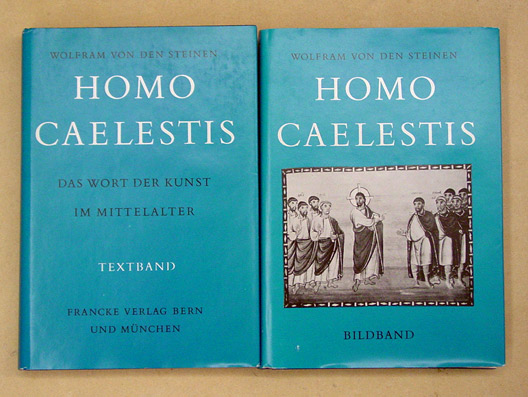
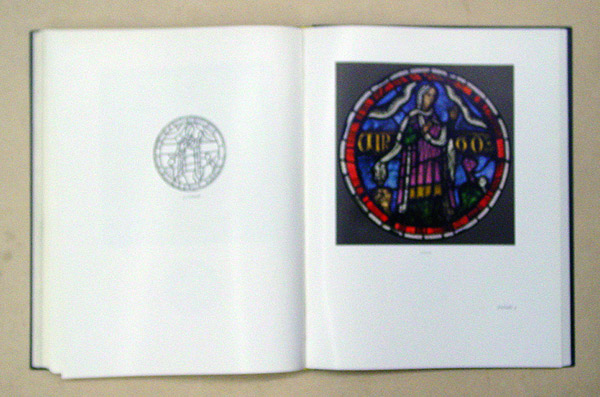
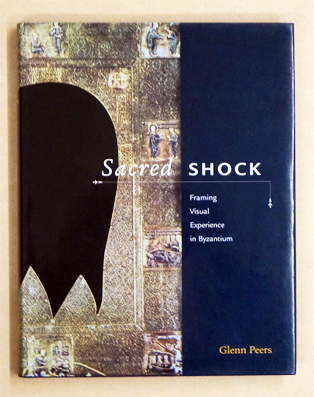
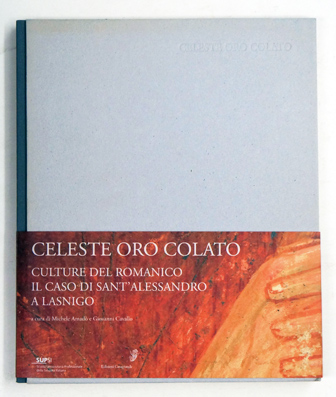
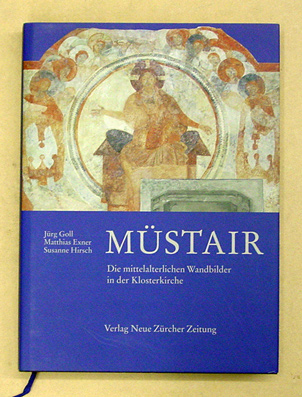

 Englisch
Englisch Deutsch
Deutsch